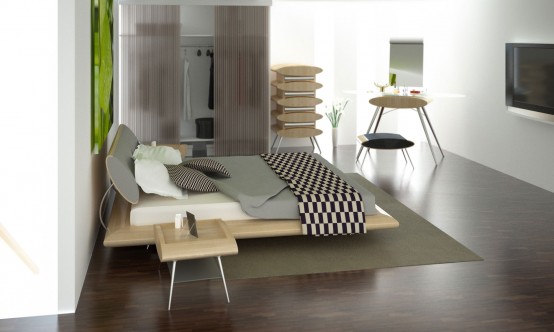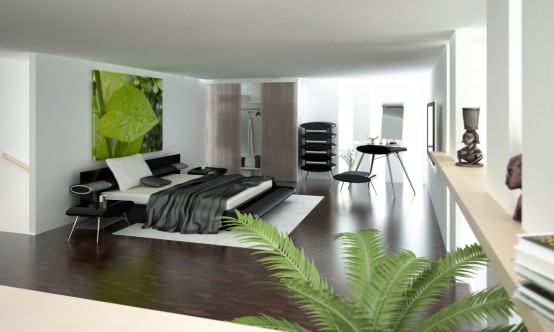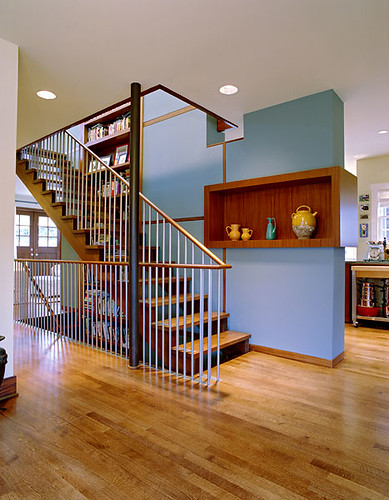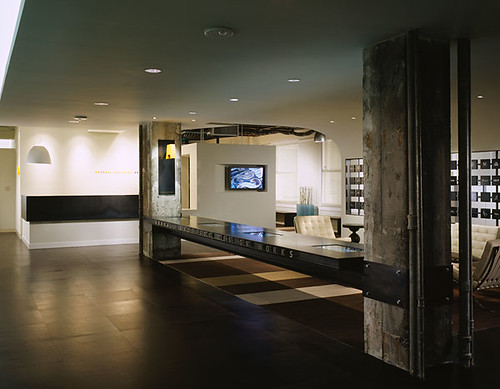|
|
|---|
Tuesday, July 8, 2008

Christina Liljenberg Halstrøm
Fold appears as a familiar form that we can all relate to: a large, crumpled-up piece of paper. By virtue of its size and material, the piece becomes a sculpture that one can look at again and again. The inspiration for this piece of furniture came from the French philosopher Gilles Deleuze’s thoughts about the human mind, which he describes as being in a constant process of “folding, unfolding and refolding”. This particular piece illustrates the folded state; it affects the user by requiring a somewhat folded-up sitting position. The form’s imitation of a crumpled-up piece of paper suggests that there is something concealed inside, something hidden from the eyes of the world. Fold varies in form, and each piece is unique, as they are handmade: A sheet of white Plexiglass is heated in an oven and shaped by hand while still hot. from Fold stool
Fold appears as a familiar form that we can all relate to: a large, crumpled-up piece of paper. By virtue of its size and material, the piece becomes a sculpture that one can look at again and again. The inspiration for this piece of furniture came from the French philosopher Gilles Deleuze’s thoughts about the human mind, which he describes as being in a constant process of “folding, unfolding and refolding”. This particular piece illustrates the folded state; it affects the user by requiring a somewhat folded-up sitting position. The form’s imitation of a crumpled-up piece of paper suggests that there is something concealed inside, something hidden from the eyes of the world. Fold varies in form, and each piece is unique, as they are handmade: A sheet of white Plexiglass is heated in an oven and shaped by hand while still hot. from Fold stool
Labels: furniture:: chair
0 Comments:
Subscribe to:
Post Comments (Atom)













